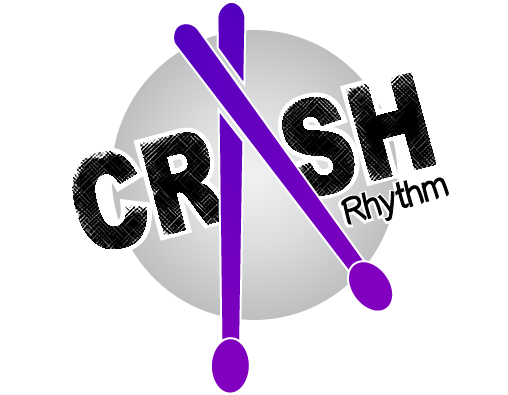I will often assign students with the task of simply listening to their favourite song and drumming along to it. I don’t give them any instruction other than that because I want two things to happen. 1) I want them to feel like their assignment is easy and fun and 2) because I want to see what they will do when left to their own devices. It teaches me a lot about them as drummers and learners.
One common result that comes from this is what I call surface listening. A student will play their favourite song and drum along to it, yes, but what they aren’t doing is listening critically. They will often drum along to the rhythm of the vocal part, because that is what is in the forefront of the song and the part that they are most familiar with. This is not a complete waste, because it shows that they are listening to the song and trying to mirror what they hear. However as drummers we need to listen beyond the melody and make sense of the grounding factors of a song.
My best advice for you or your child if you are trying to drum along to a song, is to follow these 3 steps of critical listening.
Listen to the song fully without playing along. We don’t want to jump into something without knowing what to expect.
Listen for the snare and bass. This will help establish time signature and make it easier to decipher recognizable beats. It’s easier to play along when you can associate beats in a song to beats you have worked on.
listen for form and repetition. Does the song go verse chorus verse chorus? Is there a bridge somewhere? Into and/or outdo? When we know the form of the song we know what to expect. Often enough the verses are identical to each other and so are the choruses. This means less to learn!
Playing along to your favourite song does not have to be perfect. It is meant to be fun! But I think that it is always more fun when you feel like you are playing with the song instead of on top of it.
-Hilary

